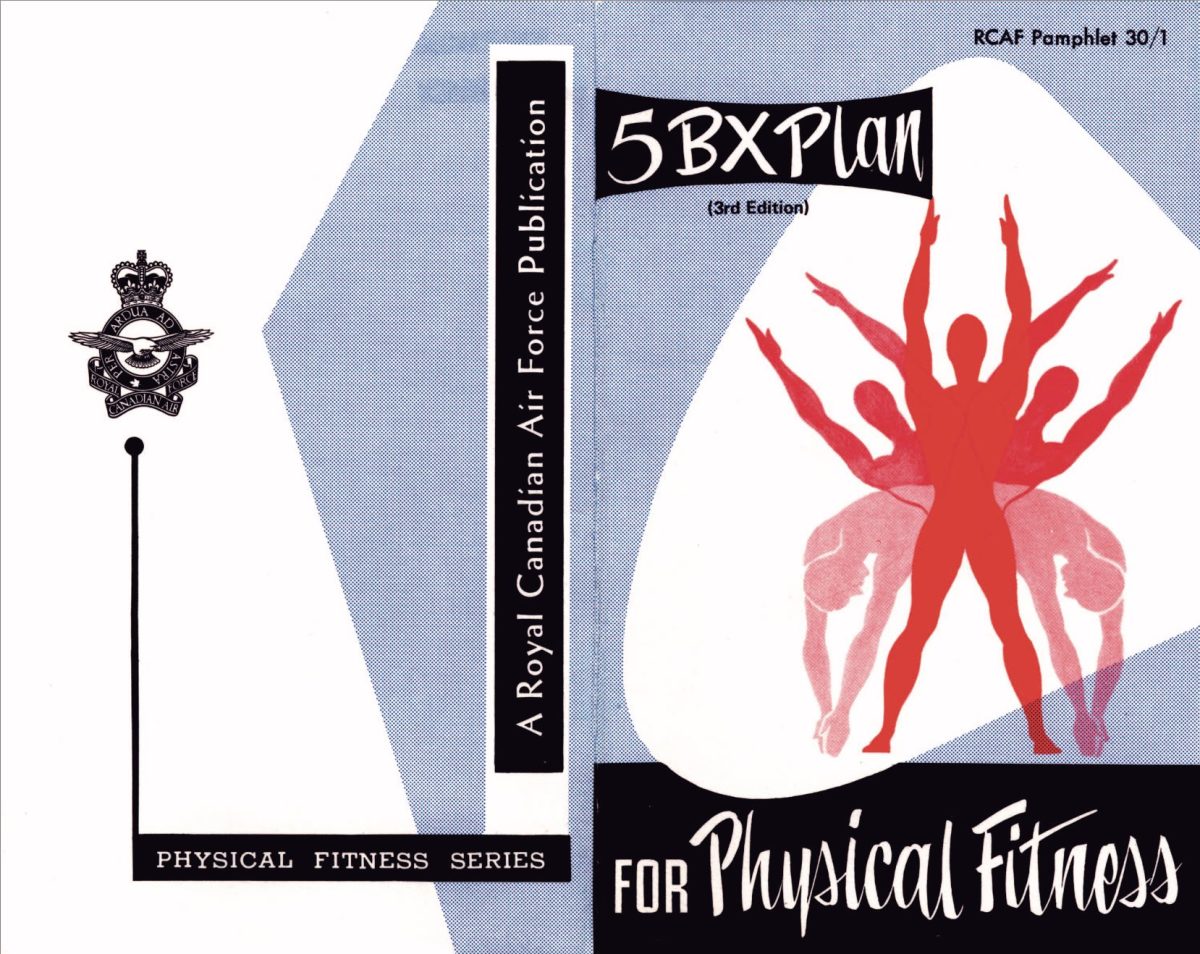
When the weather is great, you want to show some skin. You didn’t hit the gym as often as you wanted to and your arms are looking a little flat. You might want to dedicate some time to do exercises that specifically target your arms to make them sleek, sexy, and sculpted so you are ready to hit the nightclubs, go on vacation with your besties, or look great in photos during an upcoming event.
To help sculpt your arms and make them photo-ready, here are 10 exercises to pump up your arms using items that you can find almost anywhere (no gym or exercise equipment required).
Repeat each exercise for 5 sets of 30 seconds each (in other words, do as many repetitions as you can for 30 seconds) 5 times, and take 20 seconds to rest between sets.
Push Ups
There is a reason push-ups are the first exercise that most of us learn. Push-ups will help strengthen the front part of your shoulder and your chest, as well as your tricep, which accounts for the back part of your arm.
This is truly the king of bodyweight arm exercises due to the fact that on the concentric (lowering) component of the exercise you work your pull muscles, and on the eccentric (pushing) component, you work all three heads of your tricep evenly.
Instead of doing a traditional push-up, here is a variation you can do to kick up the intensity. With your hands placed slightly outside the width of your shoulders, lower your body and squeeze your elbows in as much as you can so you activate your lats and chest. Lower your chest to the ground, and then push yourself up.
Curls
With just a pair of dumbbells in hand, curls will pump up your biceps. However, if you do not always have dumbbells, you can use anything that you have available to you that will have some weight to it and that you can easily hold on to and maneuver, such as a jug of water. Your biceps are the front facing part of your arm.
Curls emphasize every component of the bicep and work all parts of your biceps evenly.
When you perform this correctly, you work both the long head and the short head of your biceps, the deep part of your bicep responsible for the shape of your arm closer to the elbow, as well as your forearms.
Start with your hands facing each other at thigh level. Then, elevate your hands up to your shoulders, rotating them inwards and aiming to bring your pinky finger to point outward toward the outside of your arm.
Equipment needed: Pair of dumbbells, a jug of water, or other household items.
Diamond Push Ups
Diamond push-ups are going to work your triceps further. By bringing your hands in, you will emphasize the clavicular head of your pectoralis. It will also emphasize the lateral head of your triceps, the outer head. This variation will allow you to feel more in your triceps.
Use the same movements as the basic push up. However, with this push-up variation, you bring your hands in to form a diamond on the floor. From there, lower yourself down to the ground until your chest is touching the floor. Then, raise yourself back up.
Hammer Curls
Just as the name suggests, with hammer curls you will hammer out the long head of your biceps.
This variation of the curl will emphasize the long head of your biceps, which will help add fullness to your arms.
Using a pair of dumbbells or a pair of weighted household items, keep your palms facing each other at thigh height and bring the weights to your shoulders.
Focus on squeezing your bicep muscles during the curl movement. Each repetition should be quick and take no less than two seconds each.
Equipment needed: Pair of dumbbells, a jug of water, or other household items.
High Low Plank Tricep Extension
The high low plant tricep extension is going to engage your core. This emphasizes the long head of your triceps, which will add width and size to your arms. Your core strength is a factor in your capacity to do the exercise smoothly.
Starting in a high plank or push up position, lower your body into a low plank. Throughout the entire motion, your body will not rock left to right.
You will know that you are doing this correctly by both elbows and forearms meeting the ground simultaneously. Your elbows will be pointed out at roughly a 45-degree angle.
Then, push your hands down into the floor and extend and raise both arms up together, raising back into a push-up position. Make sure to squeeze your triceps together during all of your movements.
Flat Curls
Yes, you read that right, another type of curl—we are going to curl and curl and curl some more. We are going to make sure we make those arms scream!
These curls are going to emphasize the short head of your biceps, which gives your arm the peak. These are most likely going to be the most difficult arm exercise for you to perform.
This time, keep your palms facing outward and perform a curl movement. Focus on keeping your upper arms glued to your side, and bring your palms up to your shoulders. Squeeze your arms tight toward your body, and don’t let the weight go.
Equipment needed: Pair of dumbbells, a jug of water, or other household items.
Dips
Dips are another total arm movement that involves a pressing to engages your triceps, deltoid, and pectoralis.
Dips can be done with your feet and hands on several different surfaces to increase or decrease difficulty and core activation, as needed.
An L-sit dip is a great dip to activate your core. To perform an L-sit dip, use two chairs (larger chairs provide more stability, so the larger the better). With one hand on each chair, pick yourself up and kick your legs out.
You are looking to achieve a perfect 90-degree angle with your body. Sink down until your hands are roughly placed in your armpits. Then, press up until your arms are straight once again, all while maintaining the L-sit position to optimize core engagement.
Equipment needed: 2 large chairs.
Concentration Curl
Yes, another curl! This is variation is going to remove any movement from the back of your arm, by bracing it against your leg. Just as the name suggests, you are going to make sure that you focus all of your energy on the bicep (and don’t let yourself cheat).
You will work the biceps evenly when you keep your hands upward facing the ceiling. This curl variation is going to make your arms burn if they aren’t already.
To do a concentration curl, press your triceps against your inner thighs to stop your arm from moving. Then, bring your weight up to your shoulders. Again, focus on squeezing the tricep muscles. Do not rush through your repetitions.
The time that you spend under tension is one of the single most underrated variables when it comes to exercise. By increasing the time under tension, you increase the amount of work that your body has to do.
Equipment needed: Pair of dumbbells, a jug of water, or other household items.
Lateral Push Up
Lateral push-ups are going to make your shoulders do a ton of work. You are removing one of your arms from the motion that you are performing, forcing a deeper more intense burn in your triceps.
For this push-up variation, push your hands out as far as you can reach on both sides of your body. Then, bend one elbow to push your body over toward your elbow, while still keeping the other arm straight. Then go to the other side, contracting your triceps with every repetition.
Zottman Curls
Yes, for our final arm-specific exercise, we are going to do another variation of a curl! The Zottman curl this is going to greatly increase your time under tension.
You are forcing the brachialis to do extra work with the rotation at the top and bottom of the exercise. You will squeeze through the motion, which will force even more of a pump into your arms. These will take any extra energy that you had left in your arms and completely drain it.
Do a traditional curl on the way up and rotate your arms with your pinky finger facing out. Then at the top of the movement, flip the dumbbells over so your pinky is facing in. Then, return the dumbbells down to your thighs. Flip back over and repeat.
Equipment needed: Pair of dumbbells, a jug of water, or other household items.
See more fun workouts and simple exercises to do at home.











